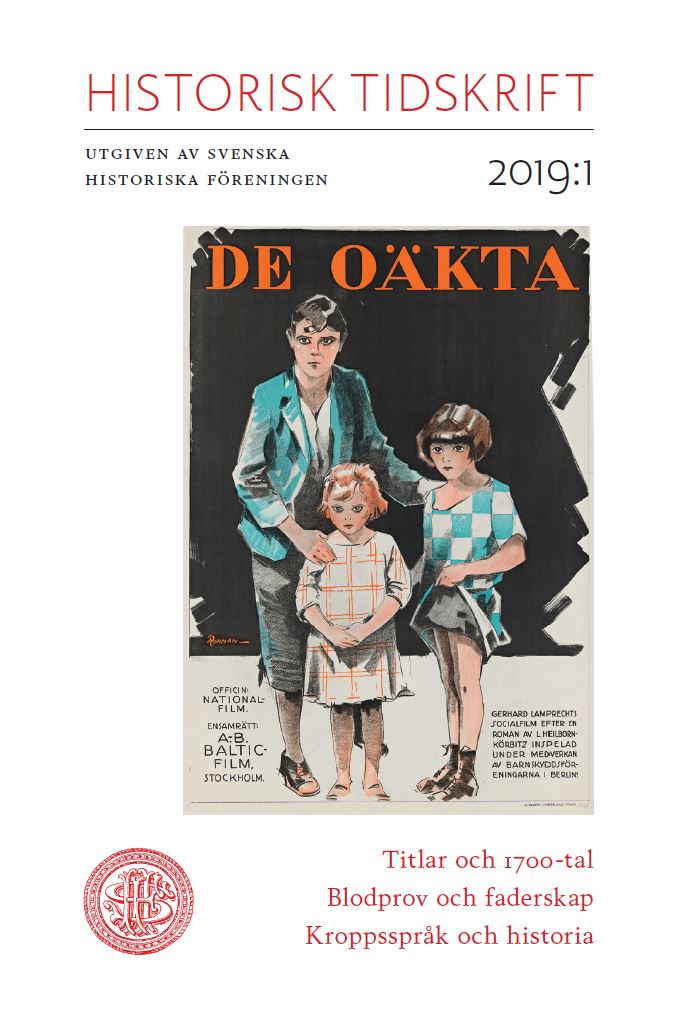Abstract
From categorization to exclusion: Changes in the functions of styles of address during the eighteenth century
This study analyzes titles in everyday communication in Sweden’s eighteenth-century estate society. The initial research questions were: how did people address each other in real-life communication, how did this change during the eighteenth century, and what does this indicate about social stratification in the late society of estates?
The source material is identical to the one used in previous similar studies focusing on the 1730s: court proceedings, petitions from private individuals to courts, and occasional print. Although this kind of material was sufficient for those previous studies, it was now inadequate to answer the last research question. Some changes could be identified. Differences between professions, which were important in the 1730s, increased in some instances up until the 1760s, but not later. To some extent, lower social classes obtained titles originally reserved for more esteemed people and this led to some equalization between classes.
Nevertheless, the most striking development was that politeness and intimacy replaced categorization as the primary function of address. In the 1790s, titles were used partly to praise people quite freely, and partly to express private relationships. The style of address also became more intimate in other ways. For example, in occasional print the importance of identification decreased. Together, this implies that titles were used more to strengthen personal bonds than to manifest someone’s social position.
The change of practice means that styles of address say less about social stratification at the end of the eighteenth century than about stratification in the earlier parts of it. A new view on the purpose of presenting people had developed. The factors behind this change and how they influenced other social practices remain to be investigated.
The study shows one other important result. Texts by private individuals – court petitions and occasional print – were foremost in the change towards a new culture of address. These documents were more flexible than the formal court proceedings. New ways of addressing and categorizing people can be seen there first. Occasionally, this also spread to protocols. Therefore, this study shows that the dissolution of the awareness of social borders was not only the result of new laws and other government initiatives. Ordinary people’s choices were even more important.

